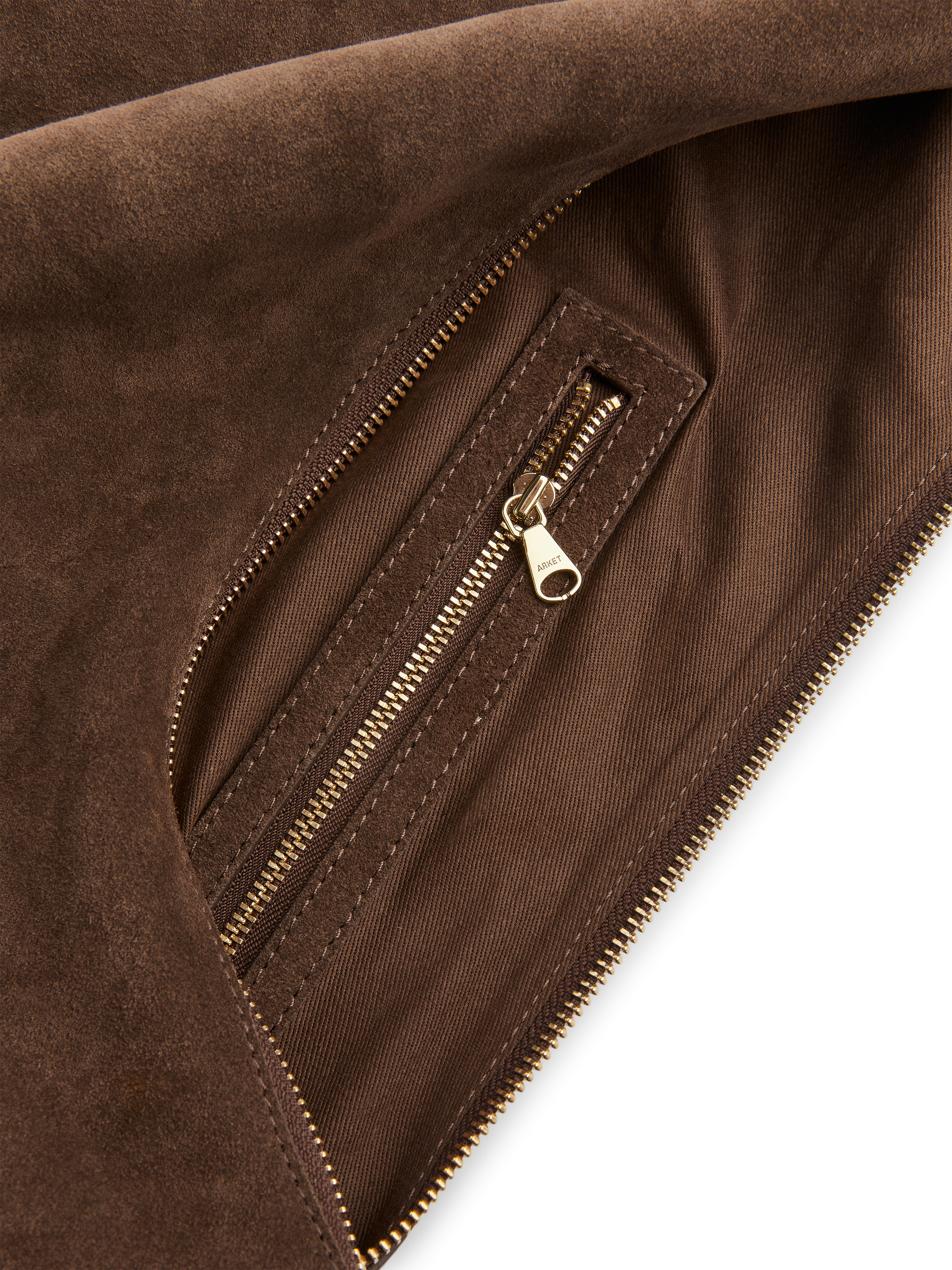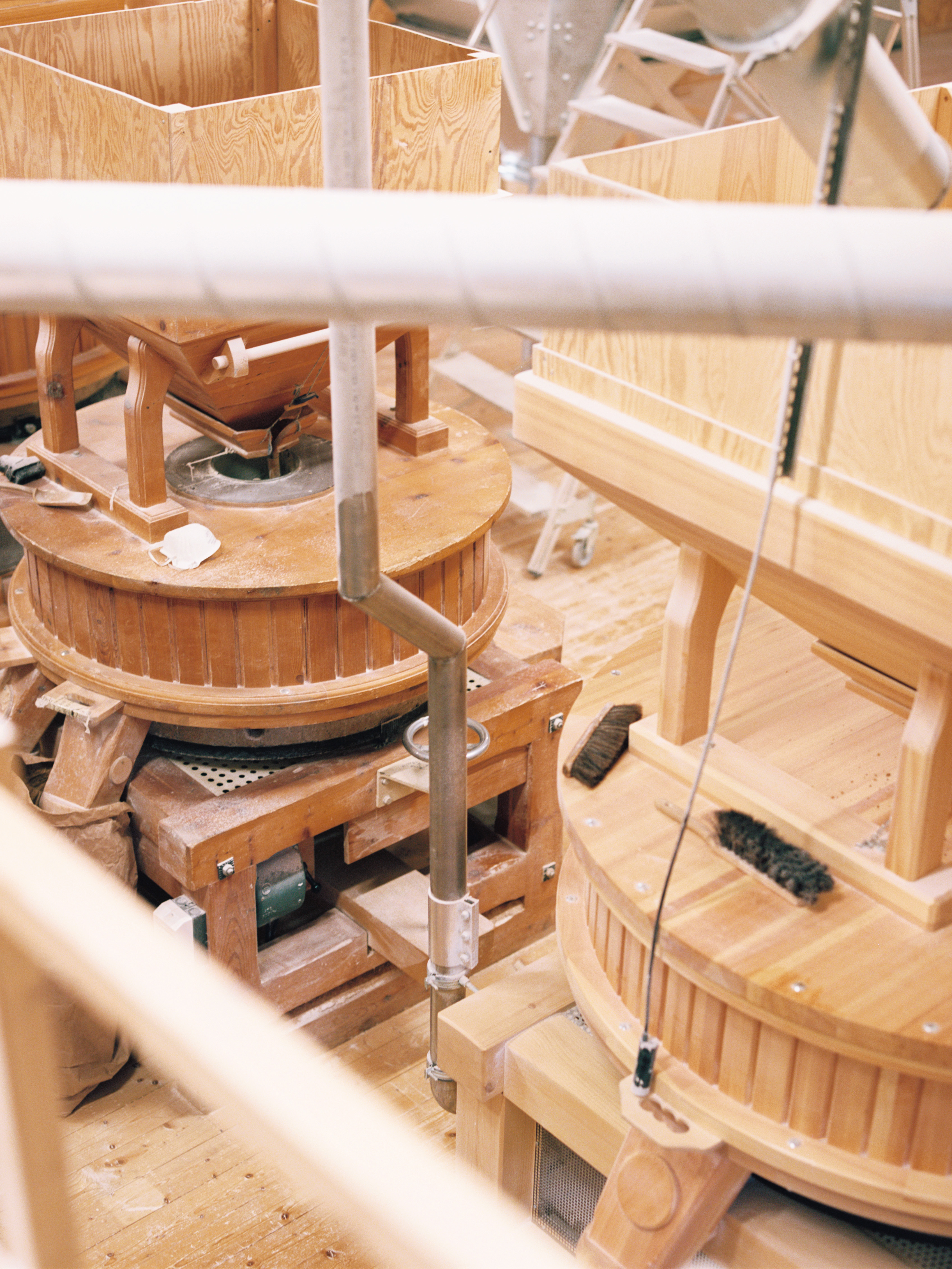Knowledge Indigo refers to a deep, rich shade of blue – and to the plant that produces its colour. With the invention of cheap and colourfast synthetic dyes in the late 1800s, indigo blue became synonymous with denim and workwear.
Even though we consider both the sky and the sea to be blue, it is one of nature’s rarest colours. Blue was also the last of all colours to get its name and become a word that was integrated into our vocabularies. In ancient texts, from any continent and culture, the world is described as anything but blue. For a large part of human history, there was no access to blue pigments and no way to render the colour for dyes or paints. But ever since indigo was discovered, about five thousand years ago, its suggestive shades of blue have been highly valued – associated with power, magic and divinity – and the same is true for the plant that was used to produce them, the red-flowered Indigofera bush, native to both Asia and America in a variety of species.
The deep indigo colour cannot be extracted from the plant directly but is released first through fermentation of the leaves and then in an alkalic solution where textiles can be dyed, traditionally by hand in large vats. Dipping the fabric in the bath results in a golden green colour, which develops into a distinctive blue when the dye comes in contact with air. With oxidation, the microscopic dye particles are fixed on the fibres, returning them to their insoluble form. This means that once dyed, indigo fabrics can last for millennia. Indigo was the last of all major dyes to be produced synthetically, a few years before 1900. The new chemical invention eliminated the use of natural indigo from commercial dyeing. These new blues were pure and precise, without the slight impurities and variations of their natural counterpart. And being both cheaper and easier to use than black, they became the standard colour for work uniforms, from labourers’ overalls to police suits. Even though indigo is the base for all blue dyes, all blue clothing, it is especially associated with denim which became the workwear of American miners and farmers from the late 1800s onwards. The characteristic three-dimensional quality in a pair of heavily worn jeans is directly related to the properties of the indigo dye. Since the pigments do not penetrate the cotton fibres, but bond only on top of them, the different layers of blue are worn down gradually when the fabric is frayed.



